 To answer the question: why there is a yellow palate in the mouth( see photo), you should study the subject of attention in more detail.
To answer the question: why there is a yellow palate in the mouth( see photo), you should study the subject of attention in more detail.
When examining the mouth, in addition to the tongue, gums with teeth and inner surfaces of the cheeks, a concave dome-shaped surface is visible, bordering the oral cavity from above.
This palate is a mucosal-covered bone structure formed by the palatine processes of the two halves of the upper jaw.
The main purpose of the palate is to be a septum separating the oral cavity from the nasal cavity.
Palate performs such functions:
- prevents the ingress of saliva and food into the area responsible for respiration and odor recognition;
- provides unhindered movement of inhaled and exhaled air;
- is responsible for the separate participation of the oral cavity and nose in the function of sound formation.
In addition to the fixed bone( hard) part of the palate, there is a soft part. It is a duplicate of the mucous membrane( a fold that looks like a folded tissue), moved up and down by a special muscle: when it contracts, the soft palate rises, and when relaxed, it goes down.

In a calm state, the soft palate hangs, allowing freedom of passage of the air stream. But when swallowing, straining and blocking the access from behind, from the side of the nasopharynx, it completely seals the two largest cranial cavities apart, preventing food from entering the space of the nose.
Contents
- Why the palate has turned yellow
- What diseases can be
- Liver diseases
- Kidney diseases
- Diseases of the gastrointestinal tract
- Concomitant symptoms
- Diagnostic methods
- Treatment methods
- Treatment with folk methods
- Prevention measures
Why the palate has become yellow
The palate region is likeand all areas of the skin and mucous membranes on the head and inside it, has abundant blood supply due to a dense network of capillaries. It is the color of the blood flowing through them that the palate owes its normal color: for a solid color it is pale pink, for a soft one it is also pink, but a more intense dark tone.
In case of inflammation, the color may become flamingly crimson or cyanotic with a crimson hue. If the sky is painted in red tones and the throat hurts, it is considered the norm, but the yellow palate should not be. For what reason does its color change?
The first thing that comes to mind is smoking. Indeed, the tar contained in tobacco and released when it burns, stains the mucous membrane of the mouth, giving it different shades of yellow and cause the plaque to form on the palate.
But besides direct staining, smoking: 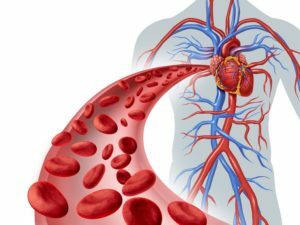
- causes microcirculation disorders in the tissues;
- changes the composition and properties of blood.
The oxygen-containing blood cells become paler, like the area they are supplied with. At the same time, in a scantily provided region, fatigue and aging of cells grow due to chronic oxygen starvation.
Finally, once the transformations that have begun are becoming irreversible, they lead to a change in the biochemistry of tissues and the loss of their original color.
Therefore, the palate in the mouth of the smoker is covered with yellow spots with red dots and veins - a picture of the paresis of the capillaries.
What can be the disease
In addition to smoking, the cause of the yellow palate in the mouth can become a disease:
- liver;
- of the kidney;
- of the digestive system.
Either the result is a disorder of lipid metabolism.
Liver diseases
Disorders of intrahepatic metabolism leads to deep disorders in the biochemistry of all organs and systems of the body and to the disorder of all types of metabolism:
- protein;
- of fat( lipid);
- carbohydrate;
- microelemental;
- pigmented.
There is a failure during the formation of vitamins and hormones, blood parameters( viscosity and other) change, which leads to hypoxia of tissues, fraught with biochemical changes of a local scale. With regard to the upper soft and hard palate, this can be as a blanching and loosening of the mucosa, so changing its color to yellow.
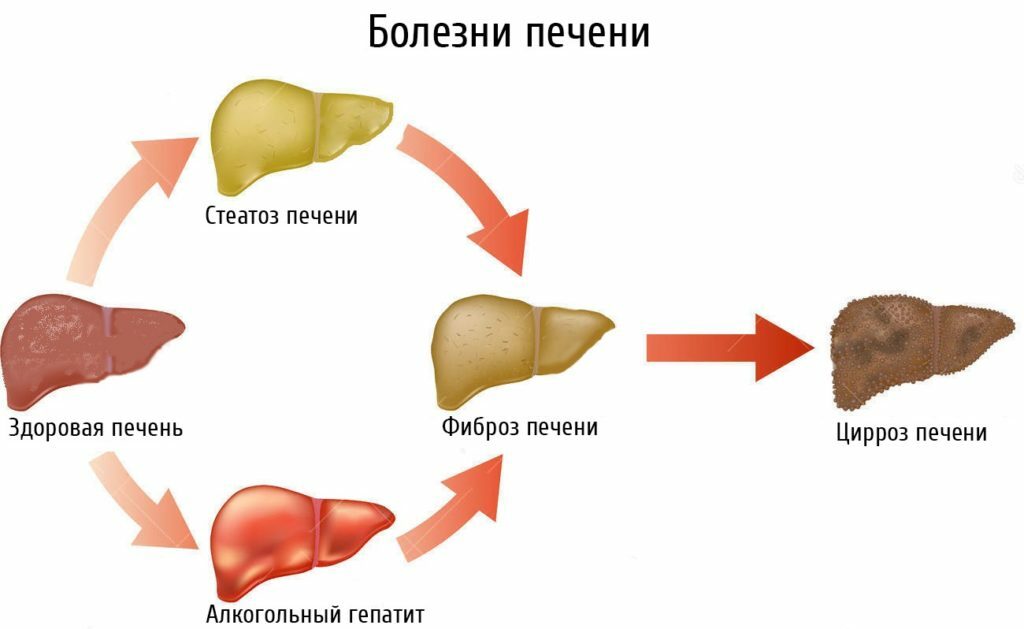
In liver diseases, the appearance of the palate will differ in a particular variety, namely:
- the yellowish corners of the anterior part of the soft palate with lines in the middle are characteristic of chronic cholecystitis and gallstones;
- cirrhosis of the liver is characterized by the appearance of yellow spots on the parts of dying tissues;
- viral hepatitis in the icteric phase also leads to palate staining.
Kidney Diseases
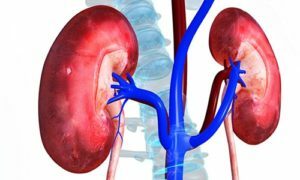 Kidney diseases threaten the body not only with edema and dangerous blood thinning due to a water withdrawal disorder, but also the accumulation of a number of poisonous substances in the blood: uric acid, creatinine, salts of heavy metals and others, also affecting the biochemistry and color of tissues.
Kidney diseases threaten the body not only with edema and dangerous blood thinning due to a water withdrawal disorder, but also the accumulation of a number of poisonous substances in the blood: uric acid, creatinine, salts of heavy metals and others, also affecting the biochemistry and color of tissues.
Diseases of the gastrointestinal tract
A change in the properties of the yellow-colored digestive juice - bile in inflammation that flows in parallel in the liver and pancreas, leads to the deposition of bile salts in the tissues of the skin and mucous membranes. Skin on this process is responsible not only for itching, but also for color change. The same is observed in the mucous membranes lining various cavities.
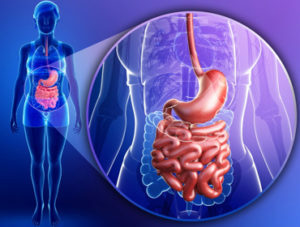
With the pathology inherent in the liver-pancreas system, the coloring in bronze-icteric color appears exclusively on the soft palate.
Yellowing of the palate can occur with chronic inflammation in thin and large intestines with frequent constipation.
Diseases of the blood rarely have an independent character, most often a reaction to metabolic disorders in the liver or other organ systems. But its properties determine not only the level of chemical tissue, but also their color.
It is for this reason that the skin of patients is not only due to liver diseases( malaria, hepatitis), but also anemic anemia look icteric, as well as mucous membranes. In addition, the blood is inherent in such a phenomenon as hemolysis, and the transition of the original "bruises" to yellow - a matter for hemoglobin usual.
Yellow color to the body can also impart a "bronze disease" - the pathology of the adrenal glands, also called addison's disease.
Concomitant symptoms of
In addition to staining the palate in the yellow color of the disease, it is conditioned by other characteristic accompanying symptoms. So, this is with:
- kidney pathologies - swelling and urinary disorders;
- blood diseases - symptoms of insufficient blood supply to organs( up to the development of trophic disorders or enlarged lymph nodes);
- changes in the liver - indigestion and all kinds of metabolism.
But if the diseases of the digestive system also affects metabolism and changes body weight, then addison's disease is characterized by crises. Due to acute adrenal and vascular insufficiency, they are expressed:
- sudden sharp pain in the lower back, legs, abdomen;

- a sharp drop in the ability to move( adynamy);
- expressed( hectic) fever;
- with intense diarrhea and vomiting, leading quickly to dehydration and shock;
- sharply developing arterial hypotension( drop in blood pressure);
- loss of consciousness, coming after a previous short acute psychosis with confusion or delirium;
- violation of water-salt metabolism due to the low content of adrenal hormones in the blood, detected by laboratory tests.
Given the formation( due to haemolysis) of a brown plaque on the teeth and tongue, it is very likely that the first doctor to be visited by a patient with a "bronze disease" will be a dentist.
Methods of diagnosis
The study of the problem should begin with a visit to the dental office, because only a dentist is able to conduct the most complete and competent examination of the oral cavity.
When treating a patient, the dentist will pay attention not only to the palate - he will examine and examine the entire oral cavity, including the spaces between the cheeks, gums, and lips and the area under the tongue.
Because it is in these hidden places that something that is not striking at a glance, for example, the first signs of thrush-candidiasis, can be found.
Given that the pigmentation of the palate is rarely an independent condition, in addition to examining the dentist, the diagnosis of the problem may require the help of other specialist doctors:

- therapist;
- ENT doctor;
- of the oncologist;
- Allergist.
An obligatory moment of diagnosis are laboratory studies of the internal environment of the body in the face of biological fluids: blood, urine, bile, and feces.
Allergological tests and examination of the body's immune system by instrumental( ultrasound, MRI, CT, X-ray) and laboratory methods may be required.
Methods of treatment
The data obtained after completing all the necessary studies give an answer to the question: what is the patient dealing with?
If a therapeutic pathology( gastrointestinal diseases, kidney disease, etc.) is detected, treatment is performed by a therapist or specialist of a narrower profile:
- gastroenterologist;
- urologist:
- nephrologist.
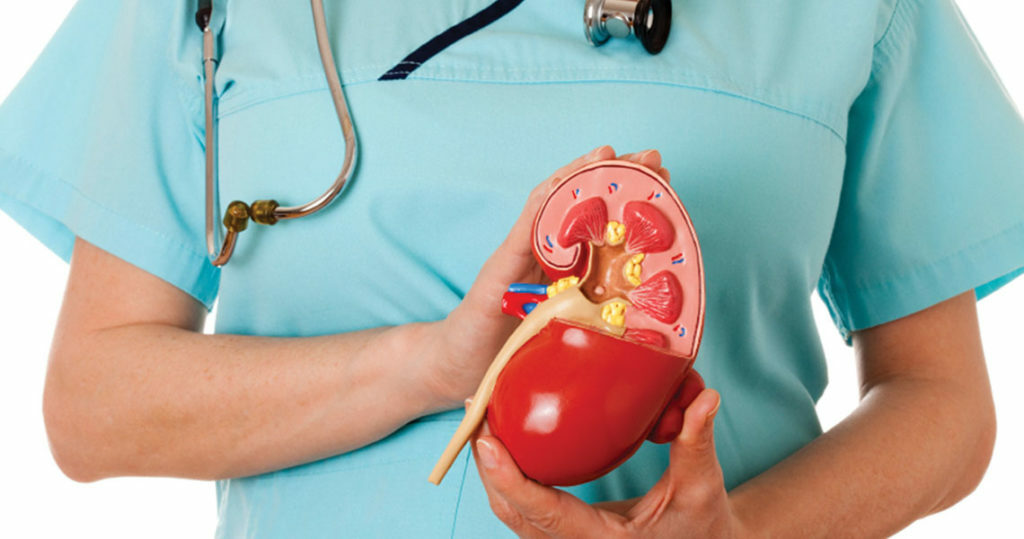
In the variant, when there is a systemic disease of rheumatism, syphilis, HIV, treatment in a specialized medical institution is necessary.
Presence of an oncological pathology may require joint treatment by an oncologist, a surgeon and medical consultants of a very different profile: neurologist, ophthalmologist and others.
With local microbial-viral nature of the oral cavity, antiseptics and antibiotics recommended by the dentist can be used.
After the remission of the process or during it, professional cleaning of the oral cavity is often required, without which it is not necessary to count on the success of treatment. It may be necessary to repair or replace the existing orthodontic structures in the mouth.
Individual hygiene should be provided by the patient himself, who is interested in an early resolution of the problem.
Treatment with folk methods
General principles of treatment by folk methods do not differ from those in medicine and dentistry:
- use of antiseptic agents( teas, infusions) for oral hygiene;

- increase of the level of health with the help of traditional, proven means( honey and bee products and the like).
The use of methods of traditional medicine should not at all go against the requirements of official science, the proposal to apply unexplored or questionable methods of treatment should be categorically rejected.
The use of any form of rinse or other treatment should be approved by the attending physician of the patient.
Prevention measures
Preventative measures are as follows:
- careful and careful care of teeth and oral cavity in general;
- a timely visit to the dentist and the implementation of his recommendations, and in case of problems - professional assistance;
- prevention of possible diseases by the all-round increase of the body's defenses( conduct of consciously healthy lifestyle), and in case of acute pathology - timely treatment.
As a conclusion from what has been said: the health of a person needs to be dealt with constantly, in case of problems, it is always necessary to consult a specialist doctor.
